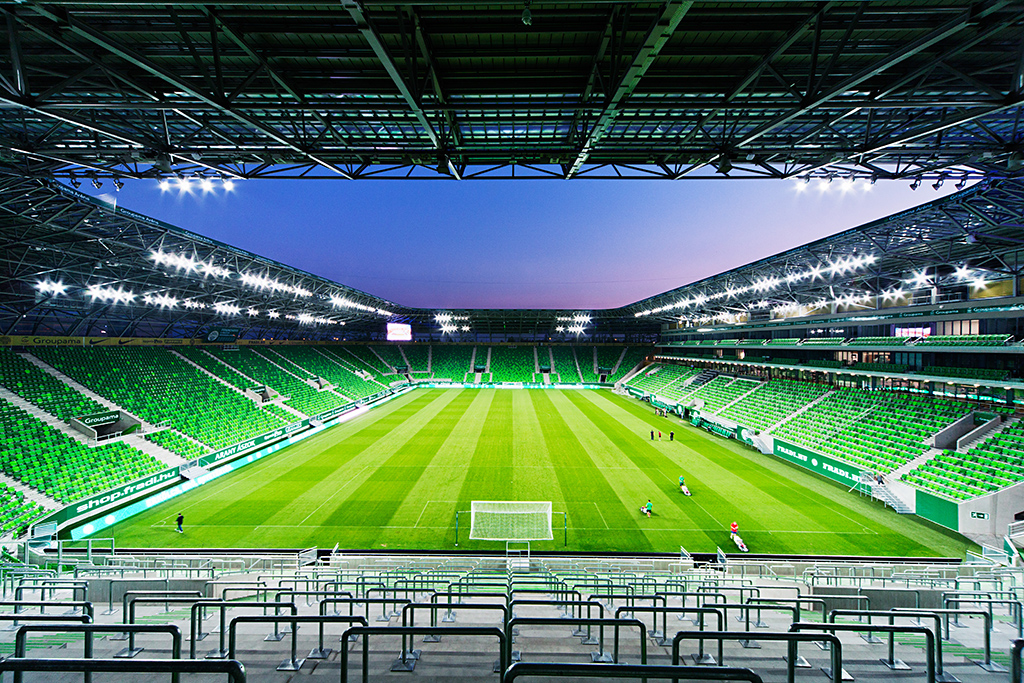Before starting to design a football stadium – as in the case of many other structures – it is worth considering what it takes to create a good stadium, what the objectives and the means are, and what will make a building with seemingly just one function successful in terms of economic and operational aspects. Although this is hard to conceive at first, a facility of this kind is primarily an event hall, some of the events being football matches. But as we discovered during our research, football matches make up less than 10% of all events held at the stadium: at best 40, at worst 20–25 matches are held in a stadium each year, while there may be as many as 200- 250 other programs. Naturally, not all of them are sell-out events; but let’s be honest: neither are most football matches; there are only a handful of stadiums in the world that can sustain themselves from football – that takes a star club of which there are only 2 or 3 in Europe. In light of these facts, it is important to clarify beforehand what kind of events we are preparing for and what we shall be focusing on. The majority of design changes and modifications in connection with the Groupama Arena followed from the fact that the objectives – for lack of experience – had to be clarified “along the way”, during the design and construction stages.
As the office in charge of design, Artrea Consulting Kft. designed the entire heavy current system and coordinated also the weak current systems, while coordinating the engineering team involved in the design process. About 20 engineers in total worked on this project; more than half of them weak current experts. We introduced a number of technologies never before used in Hungary, such as the goalline system, player tracking system, full Wi-Fi coverage, the Stadium Vision system which integrates the entire multimedia system, the system of cameras with full coverage of the stadium that also enables face recognition, and so on. We also designed major novelties in the heavy current area, thanks to which full HD-TV-lighting, operation without generators, and fully flexible energy supply become possible.
Any type of event can be catered for, whether held in the arena or inside the event halls of the main building. Electricity from the two transformers is supplied to individual consumers through nearly 150 km of cables and wires, which distribute a maximum total energy 3 MW. Five designers represented Artrea Consulting Kft. in the design process, throughout almost the entire project: we took part in nearly 200 coordination meetings and helped contractors meet the extremely short construction deadline during many hours and days of site supervision. Naturally, we could not have been successful without the highly prepared and enthusiastic team of contractors, professional firms, and suppliers!
And what lessons did we learn? We have learnt what makes a stadium a stadium and gained experiences in the form of new knowledge and information that will allow us to assist Contractors and our fellow architectural designers even more efficiently in the future with the construction of the next stadium.
Zoltán Üveges
Facts and numbers
- Our client: S.A.M.O.
- Architecture: S.A.M.O.
- Interior design: MCXVI Architects
- Area: 19000 m2
- Year of design: 2013





